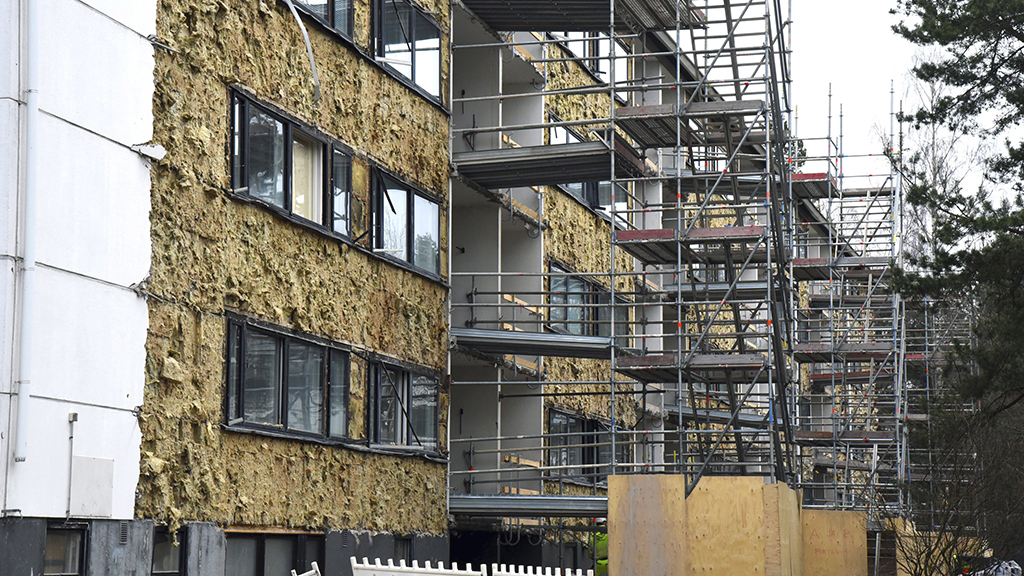In the EU's trilogy negotiations between the representatives of the Commission, the Council and the Parliament, a preliminary agreement was reached on the contents of the revised Energy Efficiency of Buildings Directive (EPBD) on December 7. The directive's proposals turned out a bit like many other draft EU regulations: the hardest points were polished away in order to reach common guidelines.

The forced repairs of residential buildings were omitted, although the energy consumption of the entire residential building population must be reduced considerably. This certainly means a tightening of the energy efficiency requirements for renovation construction. However, the forced repairs on non-residential buildings seem to have remained in force, albeit a little lighter than originally proposed. The worst 16 percent of this set of buildings must be repaired by 2030 and the worst 26 percent must be repaired by 2033. Taking into account the entry into force of the legislation, the timetable for the correction targets is urgent. We have to hope that the directive will make it easier, for example in using buildings at the end of their life cycle even after the end of the deadline.
In the case of new construction, the main idea behind the tightening of energy efficiency requirements is cost-optimality: the stricter requirements must be feasible with measures that pay for themselves in saved energy costs. Another requirement for new buildings concerns the energy used in the building. It must be emission-free in the future. According to current information, emission-free mains electricity is also available. Therefore, the requirements for new ZEB buildings (Zero Emission Building) are most likely to be implemented in Finland.
The directive deals with many other requirements, such as the introduction of solar energy, charging point obligations for electric cars, energy certificate renewals, training for builders, etc. The possibility of obtaining financing for the implementation of energy efficiency repairs must also be ensured for people in a particularly vulnerable position. When the more detailed articles of the directive are known, it becomes clear whether it is more on the shoulders of the member states or the EU.
Before the more detailed content of the directive can be seen, the Parliament and the Council must approve the agreement in their own votes. Therefore, the more detailed content of the articles can be expected to be seen in January-February. According to the current assumption, the national legislation must comply with the updated directive during the year 2026.
The implementation of the directive into legislation includes a large number of regulation updates. Even though the year 2026 still seems far away, it's really only two years away. When the construction act's regulatory work takes up a large part of the Ministry of the Environment's resources, the schedule is tight.
Preparation for the directive's requirements and effects actually starts already in January, when we organize workshops to determine the energy efficiency level of modern construction. Based on this information, the starting level for cost optimality requirements can be determined. More detailed information and invitations to the workshops will be ready in the next few days and we will publish them events and trainings -by the side. The workshops are open to anyone interested in the topic.
Information from the Ministry of the Environment on 8.12.2023 June XNUMX
Additional information
Jani Kemppainen, expert, technical requirements, Construction Industry RT: tel. 040 541 8090, first name.surname(at)rt.fi